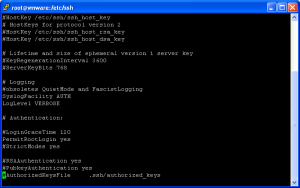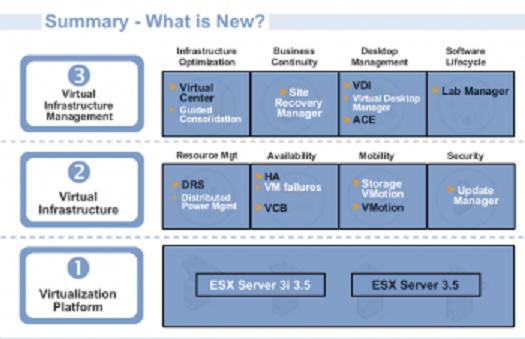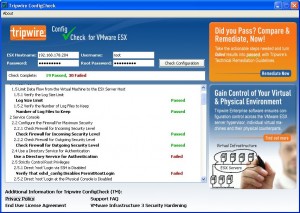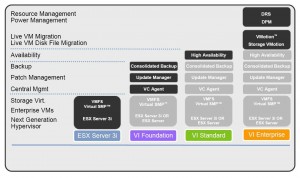The other day, an old virtual machine of mine with VMware (that I sometimes used to test various configurations, cases, applications, etc.) ran out of disk space since it had only 2GB for storage! By today’s standards, 2GB of storage seems like a joke! But anyways, I had to solve this inconvenient problem or else I would lose time creating a new virtual machine and configuring the operating system from scratch according to the new specifications for virtual disks.
VMware provides a set of line-of-command utilities to support the administration of virtual machines. Among them is a utility called vmware-vdiskmanager that makes this operation much simpler. Simply run the command with the “-x” option and the desired new size for the virtual disk and…problem solved.
For example:
$ Vmware-vdiskmanager -x 5GB virtual_disk.vmdk
Well, the task seemed simple, but the “virtual disk manager” (a.k.a. vmware-vdiskmanager)refused to perform this operation, signalling that you cannot perform such an operation on disks that use or have used snapshots. The message appeared as follows:
This disk is part of a snapshot chain in ‘/var/lib/vmware/Virtual Machines/vm1/SO.vmx’.
The selected operation can only be executed on a disk with no snapshots.
A question came to me almost immediately: how we get rid of snapshots?… Read More





